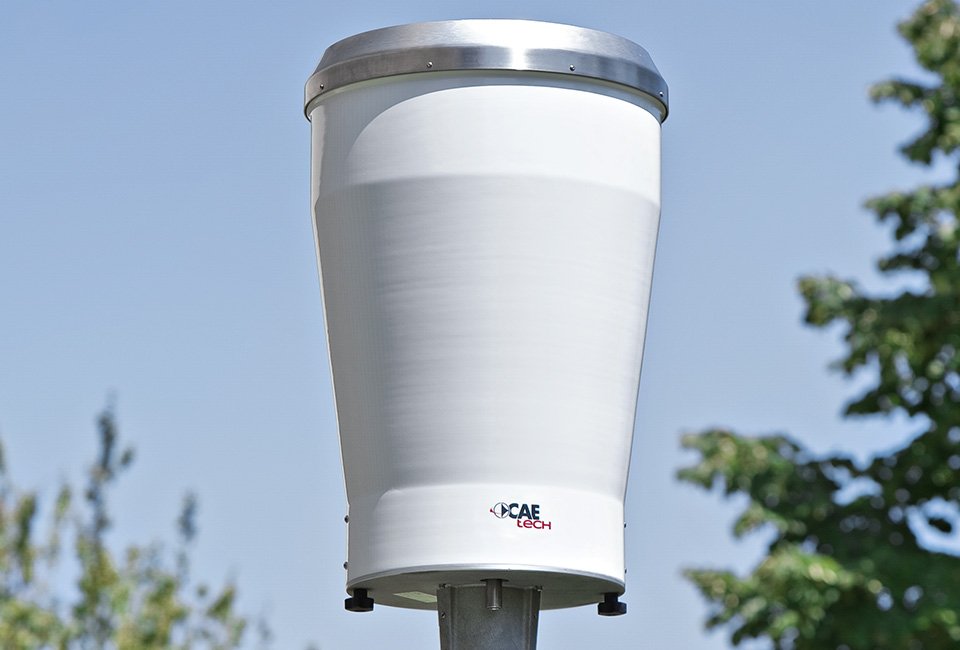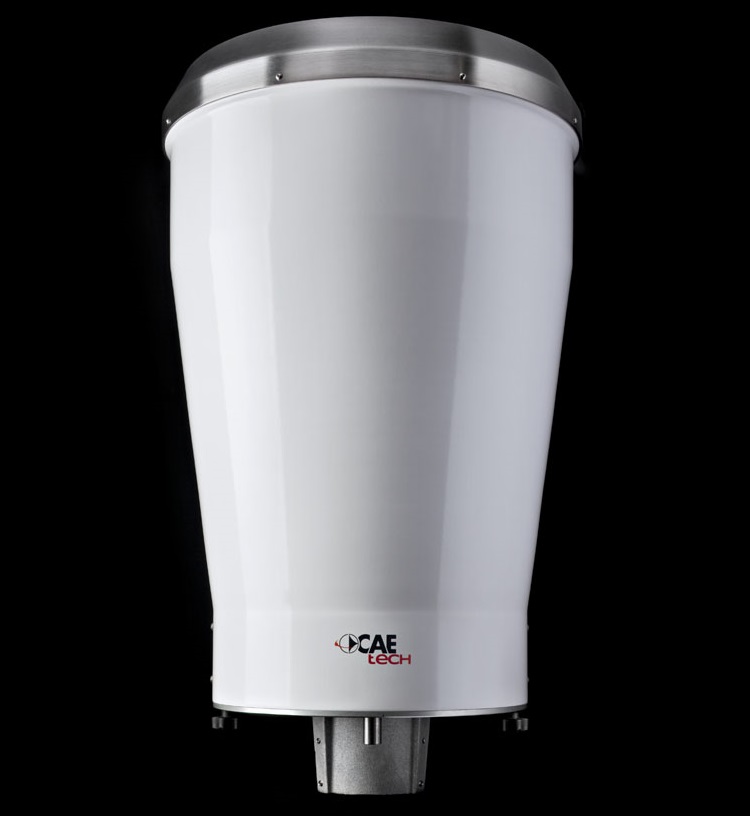Description
PG10 is the highest-performance (tipping bucket) rain gauge with 1000 cm2 captation surface on the market today.
The PG10R edition is equipped with distributed heaters allowing use of the instrument to measure the water content of frozen precipitations too.
It is a rain gauge very accurate and it indicates any malfunctions before they cause interruption of measurement.
PG10 and PG10R measure liquid precipitation, and in the heated version water equivalent of solid precipitation, with an output resolution of 0.1 mm. The error of the PG10 product class is less than 3% up to 800 mm/h.
Unlike that guaranteed by the most popular sensors based on weight technology, PG10 measures with this degree of accuracy from the first minute following the phenomenon detected, thus being particularly suitable for the timely measurement of downpours.
PG10 contains diagnostics to verify the:
the check for clogging of the funnel that directs the water into the tipping mechanisms;
the “electronic spirit level” for correct inclination of the mouth of the instrument with respect to the ground;
the correct functioning of the sensing elements (reeds) that count the movements of the tipping mechanism;
the good condition of the tipping group and the moving parts;
the correct functioning of the heaters (PG10R).
Each type is also available with a calibration certificate in class A according to the criteria of the UNI EN 17277:2020 standard.
PATENTED PRODUCT

Features
Max 5% 800÷1000 mm/h


Download

Technology
- - the attention to detail, starting with the design phase;
- - encoded, tracked and certified production processes;
- - the use of high quality materials;
- - the experience and training of production engineers.
- - redundant elements, which make sure that, if an element breaks, the product sends an alert while operating normally, giving time to intervene with the replacement without losing any data;
- - diagnostic sensors of various types, such as the ones for the verification of:
- o the correct inclination of the product,
- o the quality of the acquired measurement,
- o the value of the voltage input,
- o the status of inputs and outputs,
- o the conditions of the internal temperature,
- o the reliability of the RF link between all devices,
- o etc.

